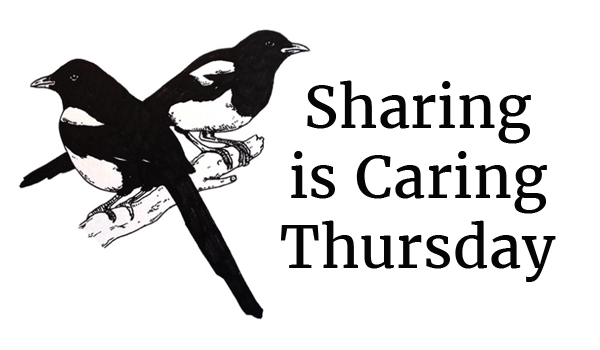It’s that time of the week to share some of the most helpful articles I’ve encountered during the past seven days. In today’s instalment, you’ll find Vonnegut’s rules for writing short stories, editing advice, the science of writing by hand, and the five commandments of writing scenes. Excellent posts, the lot of them.
Kurt Vonnegut’s eight rules for writing a short story
By Cristian Mihai
Kurt Vonnegut, one of the most influential writers of the contemporary age, passed down eight ‘rules’ for writing short stories. In this article, Cristian Mihai delves into each one, but before doing so he discusses the nature of writing ‘rules’, something I enjoyed very much.
“The moment rules start feeling like a cage, you should escape… if you simply follow rules… you’ll never develop a style of your own.”
Excellent advice. While rules of writing are good for providing a foundation, it’s important not to let them shackle you. Understand them, then bend them to your will.
Onto Vonnegut’s rules. I absolutely love the idea of the first one—Use the time of a total stranger in such a way that he or she will not feel the time was wasted. Easier said than done. As Cristian discusses, “How do you do that? How can you be sure that others will enjoy what you write?” I suppose through religious practice, listening to feedback, honing your editor’s eye.
Another rule I particularly enjoyed, which I think strikes at the heart of short stories, is that ‘every sentence must do one of two things—reveal character or advance the action.’ Writing short stories is a fine art. You don’t have the liberty to delve into exposition or reveal everything you want the reader to know about your characters. Character and plot, linked together by theme, from what I’ve learned, seem to make up the formula for a good short story.
The rest of the rules are well worth checking out, so too Cristian’s discussions on each. Well-written and engaging and full of helpful advice.
Editing? Ask yourself this. And this.
By Audrey Driscoll
I enjoyed this post for how much I can relate to it. I’ve begun the slow process of hacking my first draft to bits. It’s like chopping down a palm tree. Hopefully not for 87 years (one for fans of Neil Young). Audrey Driscoll is doing the same, (not chopping down a palm tree) and in her article, she shares some very helpful questions to ask yourself when it comes to wielding the editorial scythe.
Audrey explores the conflicts we face when it comes to editing our work. A battle between Editor and Imaginer, as she calls them. What should we keep and what should we chuck? Sometimes it’s an easy choice—we frown and grimace at passages and wonder what state of mind we were in when we wrote it in the first place—or the decision tears us apart. This post may make the difficult choices easier.
The Science of Putting Pen to Paper
By Erin Wildermuth
There’s something special in writing by hand. The fresh piece of lined paper before you, the smooth ball-point pen between your fingers. I tend to find myself holding onto pens a lot, twisting them in my fingers. I jot notes down anywhere and everywhere.
I’ve always found writing things down beneficial. There’s a greater chance I’ll remember it for one. Erin Wildermuth’s excellent article looks at these very benefits from a scientific standpoint, and greater recall is one of them.
On the other hand (excuse the pun), writing by hand does slow the process down significantly. I had to abandon it for a time so I could plough through my work in progress. At the end of the day, whatever you find most effective is best.
How To Write A Scene That Works: The Story Grid Way
By Valerie Francis
Sticking with frameworks for stories, here’s a good article by Valerie Francis about writing scenes. She looks at something known as the story grid, an approach to editing set out in a book of the same title by Shawn Coyle. You can check it out here—it’s received rave reviews. Valerie gives an overview of this method, breaking it down into five commandments.
I won’t repeat them here—where’s the fun in that? They provide an excellent framework for writing scenes, but a story too, short stories in particular. Valerie goes on to provide some excellent examples, comparing a scene from The Hunger Games and another from The King’s Speech.
It’s an insightfully detailed article. Well worth casting your gaze over.
Thank you for reading. I hope you found some part of it useful! If you enjoyed this article, why not stay in touch by signing up to my mailing list? Subscribers receive a list of 150 fantasy book reviewers, as well as a copy of This Craft We Call Writing: Volume One, a collection of writing techniques, advice, and guides looking at, amongst others, world-building, writing fight scenes, characterisation, plotting, editing and prose.
- Mastering Dialogue: The Very Best Tips - January 12, 2024
- The Proven Method Of Writing Short Story Cover Letters - November 10, 2023
- Tips, Advice And Guidance On Writing Villains And Antagonists - November 7, 2023




